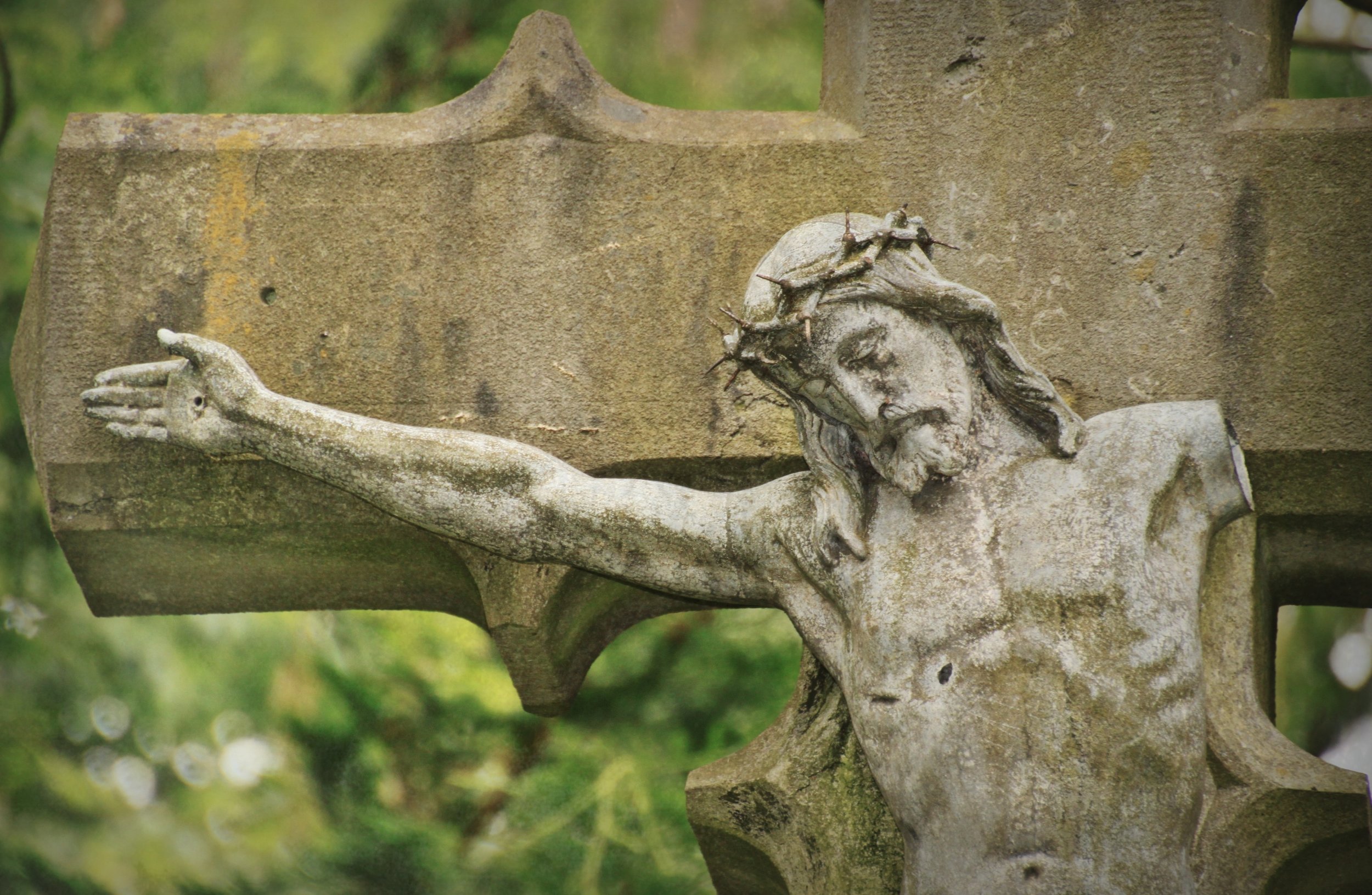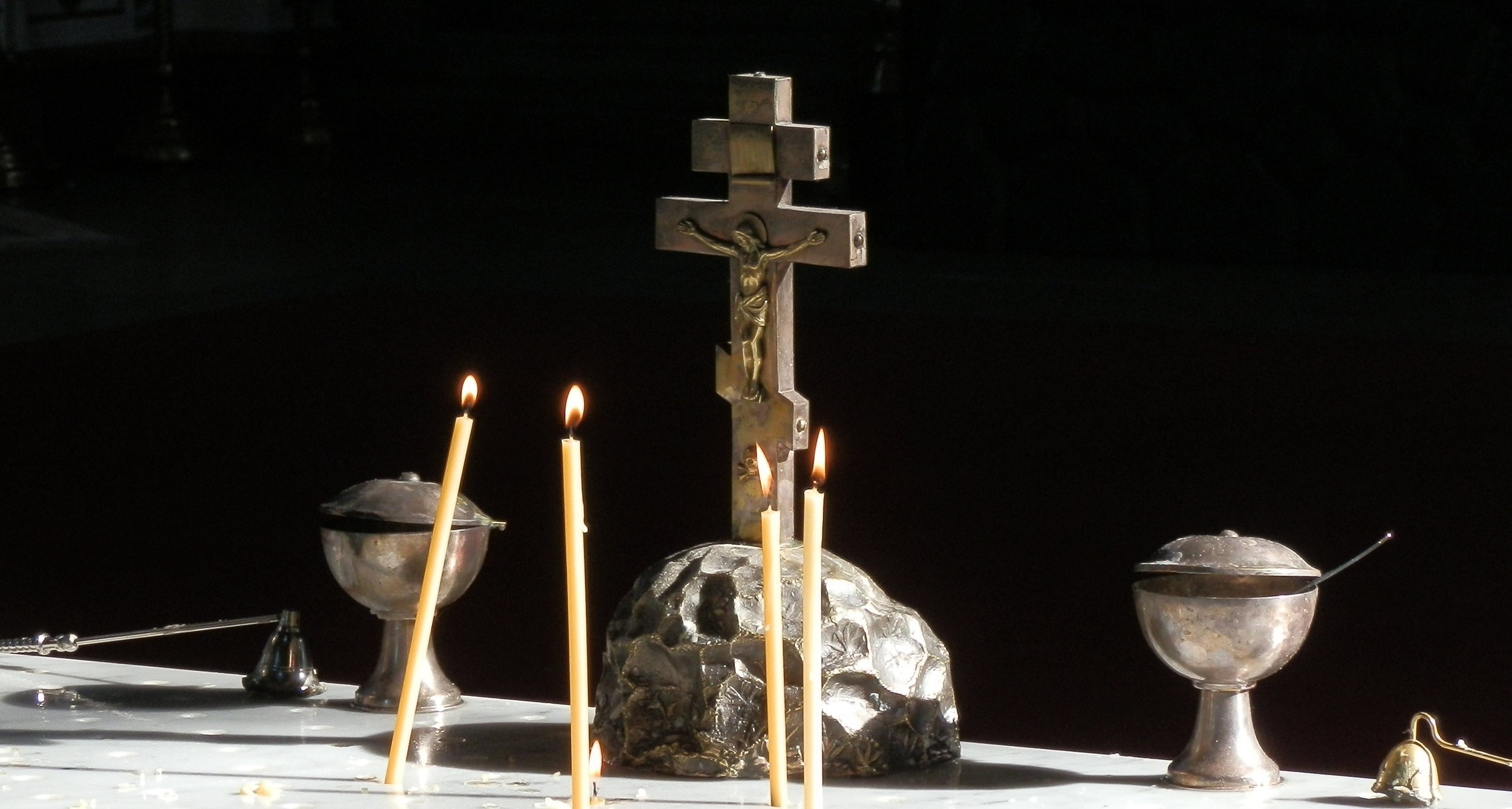Healing Atonement 301
The Meaning of Jesus’ Death
Photograph: Photo credit: Nicepic & Pixabay | Public Domain.
301: Exploring Early Christianity
Start Here
As Irenaeus, bishop of Lyons (c.130 - 202 AD), said,
“Man, who had sin in himself … was liable to death … It behooved Him who was to destroy sin, and redeem man under the power of death, that He should Himself be made ... man ... so that sin should be destroyed by man, and man should go forth from death.”
And as Athanasius, bishop of Alexandria (c.298 - 373 AD), said,
“The Lord was especially concerned for the resurrection of the body which He was set to accomplish... having effected the blotting out of the corruption.”
301 Reading: Short Devotional
Jesus Shared in Our Fallen Human Nature, That We Might Share in His Healed Human Nature
A short devotional on the Gospel of Matthew 1:18 - 25 using quotes from early Christian sources.
301 Reflection or Discussion: Comparison
Workbook style, with quotes and questions for personal or group discussion. Discussion points include: Who caused this mess? Jesus saves who, from what? Can a loving God have a hell? What about people who died before Jesus? Did God predestine some people to hell? Why does God want me to worship Him? What’s my motivation to obey Jesus? How does God the Father feel towards me? Should we use retributive or restorative justice? Should our economic system prioritize meritocratic-retributive or restorative justice?
Go to the 302 Section
Rediscover Early Christianity through the videos to our class, Reconstruction: The Deep Roots of Early Christian Theology with us. Learn about why Early Christian theology matters!
Sources of Atonement Theology: Early Christianity
We have found fresh and invigorating meaning in how the earliest Christians, called the patristic writers, understood Jesus: Through his faithful life and death, Jesus triumphed over the corruption of sin in human nature; through his resurrection, Jesus raised up a cleansed, purified, new humanity which he shares with us by his Spirit.
These resources explore the foundation of “Medical Substitution” as the best understanding of the Bible, and the original understanding of the church. There are also links to books, web articles, etc. from representatives of the three broad Christian traditions.
Revisit Atonement 201
See the Atonement 201 page to revisit atonement in biblical interpretation.
Revisit Atonement 101
See the Atonement 101 page to revisit how atonement influences and shapes ministry in practical ways.





